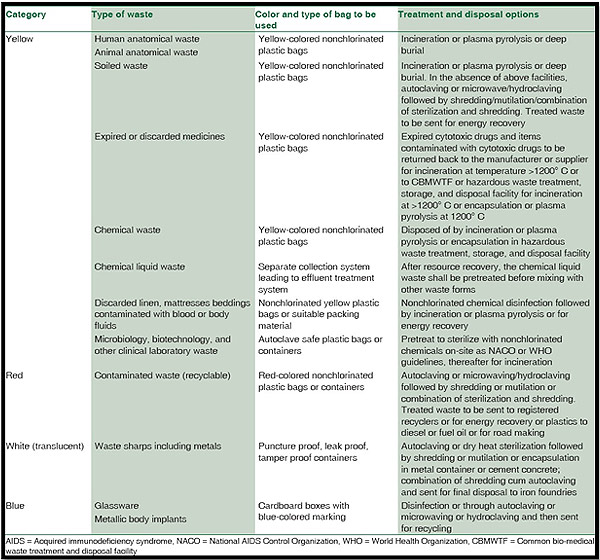The Buzz on Reclaim Waste
The Buzz on Reclaim Waste
Blog Article
Reclaim Waste Fundamentals Explained
Table of ContentsReclaim Waste - The Facts7 Easy Facts About Reclaim Waste Described9 Simple Techniques For Reclaim WasteMore About Reclaim WasteHow Reclaim Waste can Save You Time, Stress, and Money.
Discover the kinds, events, and forms of fluid waste. Domestic sewer waste describes the waste and products from a property septic container. This kind of waste is created by humans in residences, institutions, and other structures. This only includes septic containers that have a drainpipe field. The correct monitoring and disposal of domestic sewage waste require liquid waste to be moved to a sewer treatment plant where the proper methods and tools are used to purify and take care of waste.
Commercial waste commonly consists of prospective hazards, such as flammable materials or a mix of liquid and solid waste products, and requires an advanced and comprehensive disposal process. The disposal of business waste generally entails the filtration of waste prior to transport to make certain risk-free and correct disposal. Hazardous waste is created from byproducts and overflow of commercial processes and production.
This sort of waste can not make use of the exact same sewer management transportation or procedures as septic or business liquids. The hazardous waste monitoring process requires the examination and testing of liquid waste prior to it goes through the disposal procedure (industrial wastewater treatment). Overflow waste is the fluid waste that comes from drainage and excess stormwater in highly inhabited areas or cities
Drainage waste can trigger contamination and flooding if not managed appropriately. Find out much more about drain cleaning and waste administration. Making certain proper waste administration can stop calamities and reduce ecological harm. Both individuals in domestic setups and professionals in industrial or production sectors can gain from comprehending the processes and regulations of liquid waste monitoring.
8 Simple Techniques For Reclaim Waste
Get in touch with PROS Providers today to learn about our waste management and disposal solutions and the appropriate methods to look after the fluid waste you produce.
(https://boom-fruit-496.notion.site/Industrial-Wastewater-Treatment-The-Key-to-a-Cleaner-Greener-Future-13c9fdbb2e9380eca32fee3a79088ddf?pvs=4)Do you recognize what occurs to your water when you disengage, purge the toilet or drain the washing machine? No? Well, it deserves understanding. This so-called 'wastewater' is not only an important resource yet, after treatment, will be released to our land, waterways or the sea. Made use of water from commodes, showers, bathrooms, kitchen area sinks, laundries and industrial processes is understood as wastewater.

water made use of to cool machinery or clean plant and equipment). Stormwater, a form of wastewater, is drainage that flows from agricultural and urban locations such as roof coverings, parks, gardens, roads, courses and rain gutters into stormwater straight from the source drains pipes, after rainfall. Stormwater moves without treatment straight to local creeks or rivers, eventually reaching the ocean.
Not known Factual Statements About Reclaim Waste
In Queensland, most wastewater is treated at sewage treatment plants. Wastewater is transferred from domestic or industrial sites via a system of sewage systems and pump terminals, known as sewerage reticulation, to a sewer therapy plant.
The Division of Natural Resources recommends neighborhood federal governments regarding handling, operating and preserving sewage systems and therapy plants. In unsewered areas, neighborhood governments may call for householders to set up individual or household sewer treatment systems to treat residential wastewater from bathrooms, cooking areas, restrooms and laundries. The Department of Natural Resources authorizes making use of home systems when they are confirmed to be effective.
In some new neighborhoods, therapy of some stormwater to remove litter, sand and gravel has actually begun making use of gross contaminant catches. Wastewater therapy takes place in four phases: Removes solid issue.
Wastewater after that flows into big storage tanks where solids work out and are removed as sludge. Grease and residue are skimmed from the surface area. Uses little living microorganisms called micro-organisms to break down and eliminate remaining dissolved wastes and fine fragments. Micro-organisms and wastes are integrated in the sludge. Gets rid of nitrogen and phosphorus nutrients that might create algal blooms in our rivers and endanger water life.
The smart Trick of Reclaim Waste That Nobody is Talking About
Nutrient removal is not offered in any way sewer treatment plants due to the fact that it needs pricey specialized devices. It is becoming much more usual in Queensland. Clear fluid effluent generated after therapy might still have disease-causing micro-organisms. If this effluent is launched into waterways such as rivers or the sea, the micro-organisms will at some point die out.

Most wastewater moves into the sewerage system. Under the Act, neighborhood governments carry out authorizations and permits for eco relevant tasks (ERAs) entailing wastewater launches that could have a regional influence.
8 Simple Techniques For Reclaim Waste
Or else, examples are taken for laboratory evaluation. Typically several examinations are required to develop the levels of each of the various contaminants such as oils, hefty steels and chemicals in water. Surveillance supplies valid information concerning water high quality and can verify that licence conditions are being fulfilled. The information acquired via monitoring offers the basis for making water top quality choices.
Report this page